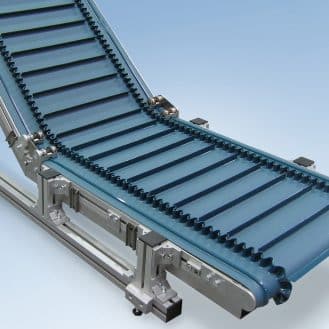There are two main types of telehandlers: rotating and fixed. Although there are major differences between them, as we’ll explain later, both types of telehandlers can be fitted with different forms of steering (four-wheel steering, crab steering, and front-wheel only steering).

MERLO SPA rotating telehandler
Rotating telescopic handlers have a cab and boom, both of which can rotate 360 degrees while the body remains fixed.
Rotating telehandlers offer several advantages:
They are easy to maneuver and are ideal for moving loads in hard-to-reach areas and over uneven terrain. Depending on the model, booms can extend up to 46 meters and they can support load capacities of up to 45 tonnes.
Telehandlers are widely used in the construction industry because of their ability to rotate, which enables them to reach areas that are difficult to access.

JCB compact telehandler
Fixed telehandlers have a fixed cab and an articulated arm. Their lifting capacity and reach vary according to the model:
Super-compact telehandlers: These lightweight machines have small lifting capacities (maximum 2.5 tonnes) and limited reach (up to 5.6 meters).
Compact telehandlers: These can lift loads of up to 4 tonnes and have a maximum reach of 10 meters.
Standard telehandlers: These can lift loads of up to 4 tonnes and have a maximum reach of 20 meters. They are widely used in the industrial sector.
Heavy load telehandlers: These are capable of lifting loads of up to 7.2 tonnes but their maximum reach is limited to 10 meters. They are particularly well-suited to transporting heavy loads on construction sites, for example.







